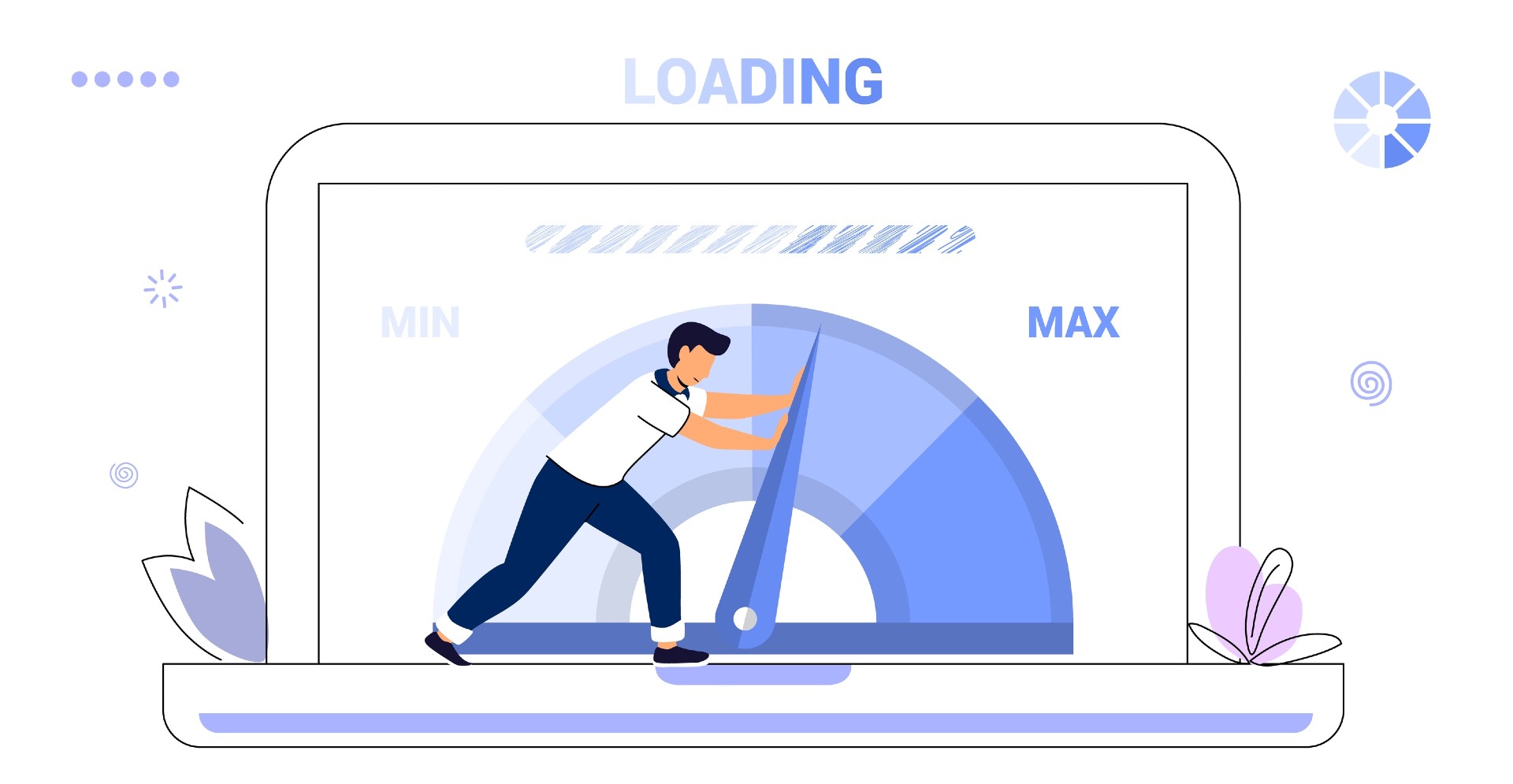How Can Image Size Affect Your Site Speed?
Images play a crucial role in user experience; they are engaging, make your text easy to read, provide helpful information, and add value to your web pages. However, when you don’t optimize images and use large files, you risk losing more than half of your website visitors. They will leave your website if it takes more than 3 seconds to load, and unoptimized visuals are one of the most common reasons for a slow-loading website.
Large Images Take Longer to Load, Slowing Down Your Website
Images on your website are there for a good reason and purpose, so why are they suddenly scaring your customers away?
Reasons for your visuals slowing your website down usually are unoptimized images that use lots of bandwidth when loading. Most commonly, it’s because image files are too large. The common misconception among website owners is that a smaller image file would be of low quality, so they use files that negatively affect user experience. Luckily, you don’t have to be one. Using tools such as Adobe express image resize tool, you can offer high-quality pictures on your website that are much smaller in size. Learn more on how to resize an image without losing quality on blog.HubSpot.
Are Your Images Slowing Down Your Website?
With website speed being one of the primary ranking factors for Google, it’s easy to find out whether your images affect your site speed. Tools such as Google PageSpeed Insights help you quickly determine whether your website provides a good user experience and if it correctly loads on users’ devices – desktop or device. Here you can see whether images extend the load time and what to do to improve.
A Slow Website Means a Bad User Experience
We live the fastest-paced lives than the world has ever seen before. That means that your customers are most impatient they have ever been. Online users don’t wait around for your beautiful images to load; they just leave and go to another website. Moreover, if your web pages take long enough to load for users to abandon them, they likely don’t rank well in search queries, and you’re not getting a lot of traffic in the first place.
What Should My Web Page Image Sizes be?
Finding the ideal size or resolution for web pages brings a lot of confusion, but learning about it will save some customers and improve their user experience.
Ideally, your web pages should never offer images larger than what’s rendered on users’ screens. Larger image files cause wasted bytes and slow down the load time of your pages. PageSpeed Insights, for instance, compares the size of the rendered image to the size of the actual image. The image fails the audit if it is more than 4KiB smaller than the actual size.
How to Use Proper Image Size?
One of the best ways to properly size your images is using “responsive images.”It means you create multiple versions of each image and then define which version to use in your HTML or CSS using media queries, viewport dimensions, etc.
Another strategy is using Image content delivery networks (CDNs) for optimizing images. They can help reduce 40–80% of the image file size. They are like APIs for accessing and manipulating the images and simplifying creating photo variations for different use cases.
Why serve images in AVIF or WebP format?
AVIF and WebP are best to use for higher website speed. These image formats have superior compression and quality characteristics than very famous and commonly used JPEG and PNG formats. Encoding your images in AVIF and WebP will enable them to load faster and use less cellular data on mobile devices.
These formats allow you to create smaller, high-quality images that speed up your website and are generally more than 25% smaller than PNGs.
AVIF is supported in Chrome, Firefox, and Opera, while Webb is supported in the latest versions of Chrome, Firefox, Safari, Edge, and Opera and provides
Using correctly sized Images Will Help You with the Following:
Website speed – First and foremost, using smaller image files will aid your website speed, which is why you are here in the first place. According to famous research by Google, the probability of users abandoning a website increase every second it takes to load. When a page takes more than 5 seconds to load, mobile users will leave it 90% of the time.
User experience – website speed affects user experience, and by speeding up its loading times, you provide a better experience for users. Moreover, high-quality images help users better engage with your content. Images benefit your website in many ways, from breaking up long pieces of text to assisting users in understanding your content better or having a more memorable experience.
Search engine rankings – Website speed is one of Google’s most crucial ranking factors. Optimized images help your web pages improve search engine positions by reducing loading times.
Conversions – Bringing a customer to your website and walking them through a sales funnel is challenging when your web pages can’t keep up with their expectations. Faster-loading web pages bring more traffic to your website through SEO, provide a much better experience and increase the chances of converting your website visitors to paying customers.
In conclusion
While images can benefit your website in multiple ways, they are one of the common reasons for slow-loading web pages. Image size is a very common reason websites take longer to load and provide a poor user experience. If you want to know whether images on your site are affecting its loading times, analyze it using PageSpeed Insights here, you will see how long it takes for your site to load on mobile and desktop devices and how to improve these numbers. Even though JPEG and PNG are famous and most commonly used formats, consider using next-gen formats such as AVIF and WebP. They have superior compression and quality characteristics than JPEG and PNG formats.


